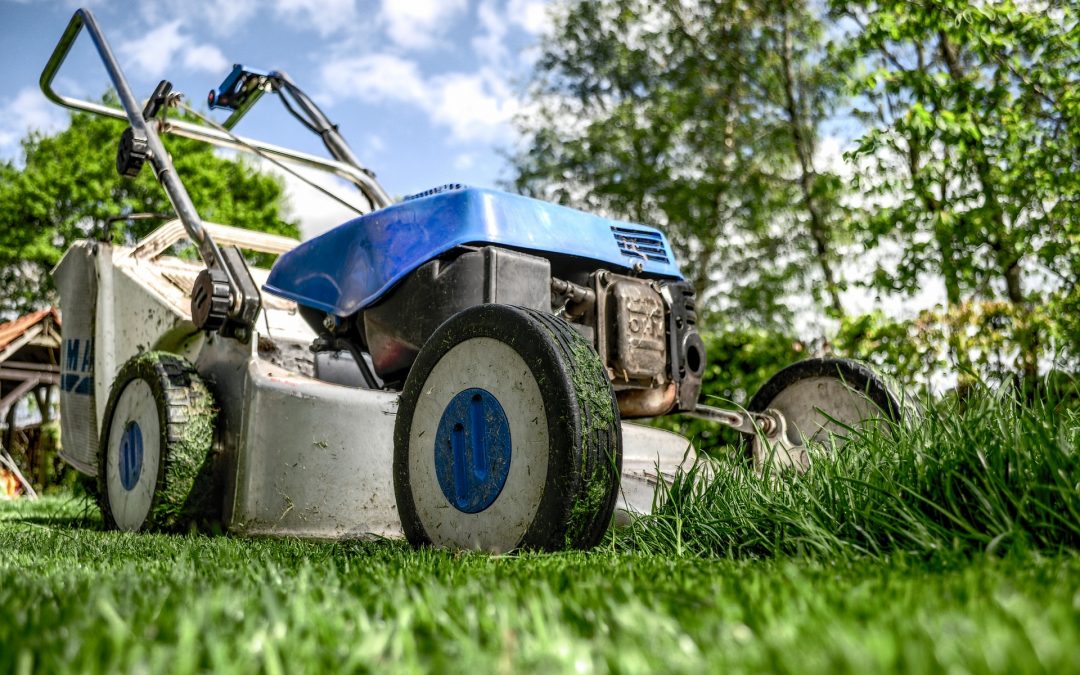Now that winter has wound down and spring is finally here, it’s time to think about landscaping. When it comes to lawn care, there’s no shortage of wrong information. We have heard (and seen) it all when it comes to lawns and we feel it is our duty to impart some of our wisdom on to green lawn enthusiasts everywhere. This lawn-minded and reader friendly blog will help you to sort fact from fiction. So kick back, relax and glean some sound advice for growing your healthiest grass ever.
Myth: The best time to replace my lawn is in the spring.
Fact: Sowing seed in the spring is the perfect setup for potential problems. As the weather begins to heat up during the summer months, weeds move in and compete for space. The best time to sow seed is in the late summer and early fall when the temperatures are more consistent and when highly competitive weeds, like crabgrass, have gone dormant.
Myth: I should cut my lawn short.
Fact: Just because the golf courses do it, doesn’t mean you should. Golf courses use incredibly sophisticated and expensive mowers to achieve a short height of cut. Most landscape professionals advise against cutting more than one-third of the grass leaf at a time. Mowing at a finished cut height of 3 to 3.5 inches throughout the summer is generally recommended. But, if in doubt check the appropriate mowing height for your species of grass. A properly cut lawn will need less water, will be more resistant to weeds and will have a deeper, greener color. Use a sharp mower blade to prevent tearing grass blades. A crisp and clean cut will help prevent a “brown tip” appearance.
Myth: I need to remove the clippings from my lawn after I mow.
Fact: It’s a common myth that grass clippings contribute significantly to thatch. Grass clippings are mostly water and decompose rapidly, returning significant amounts of fertilizer to the lawn. Research shows that up to one-third of applied fertilizer can be recycled by simply returning clippings. Leaving grass clippings on the lawn after mowing is called grasscycling and actually saves you time and money.
Myth: I can water my lawn any time of the day.
Fact: Water is a valuable resource; make every drop count! Watering the lawn in the early mornings is best. The air is cooler and there is not as much wind to blow the droplets. It also prevents water from clinging to the blades of grass overnight which can lead to lawn diseases. It’s the best time for water to penetrate deep into the soil. If you can’t water in the morning then evenings is the second best option to minimize evaporation. In the middle of the day, water evaporates too quickly.
Myth: It’s best to water your lawn every day in the spring and summer.
Fact: How much water your lawn needs depend on a variety of factors, including grass type, air temperature, and soil type. In general, watering your lawn every three days is better than daily watering. Deep rather than shallow watering of your lawn is recommended to nurture the roots. An inch of water to 12 inches of soil is the preferred ratio for watering actively growing grass.
Myth: Early spring is the best time to fertilize the lawn.
Fact: Different varieties of grass like nutrients at different times of the year. It is important that you use the correct fertilizer, at the right rate, at the right time, and in the right place. You need to know your grass before you decide when to fertilize. In general cool-season grasses prefer nutrients, when it is cooler, in fall and early spring. Warm season grasses prefer the late spring and early fall, as the weather is a little warmer.
Goods Tree and Lawn Care wants to help you keep your lawn green and weed free all season long. We’ve made it our business to offer quality services to promote good health for the lawn you enjoy. Find all the ways we can help here.


